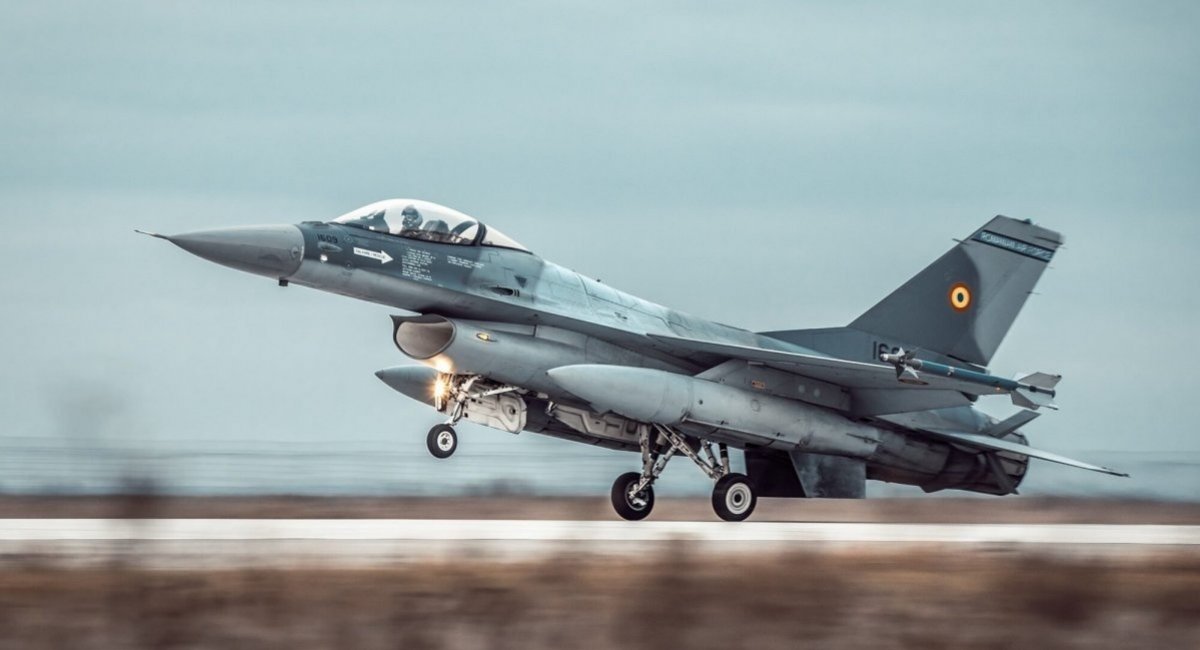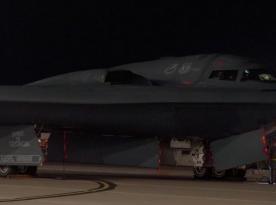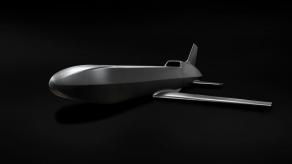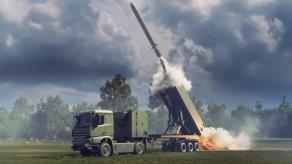The first seven pilots of the Romanian Air Force have completed their training at the international training center located at the 86th Air Base and started their flights on F-16 fighter jets. Before starting the training, these pilots flew MiG-21 LanceR, a fighter aircraft withdrawn from Romanian military service in May 2023.
These pilots were asked by by local television to share their impressions of how the transition from the MiG-21 to the F-16 went for them personally, their answers reported by Defense Romania.
Read more: When Ukraine Will Receive the First Danish F-16 Fighter Jets Became Known
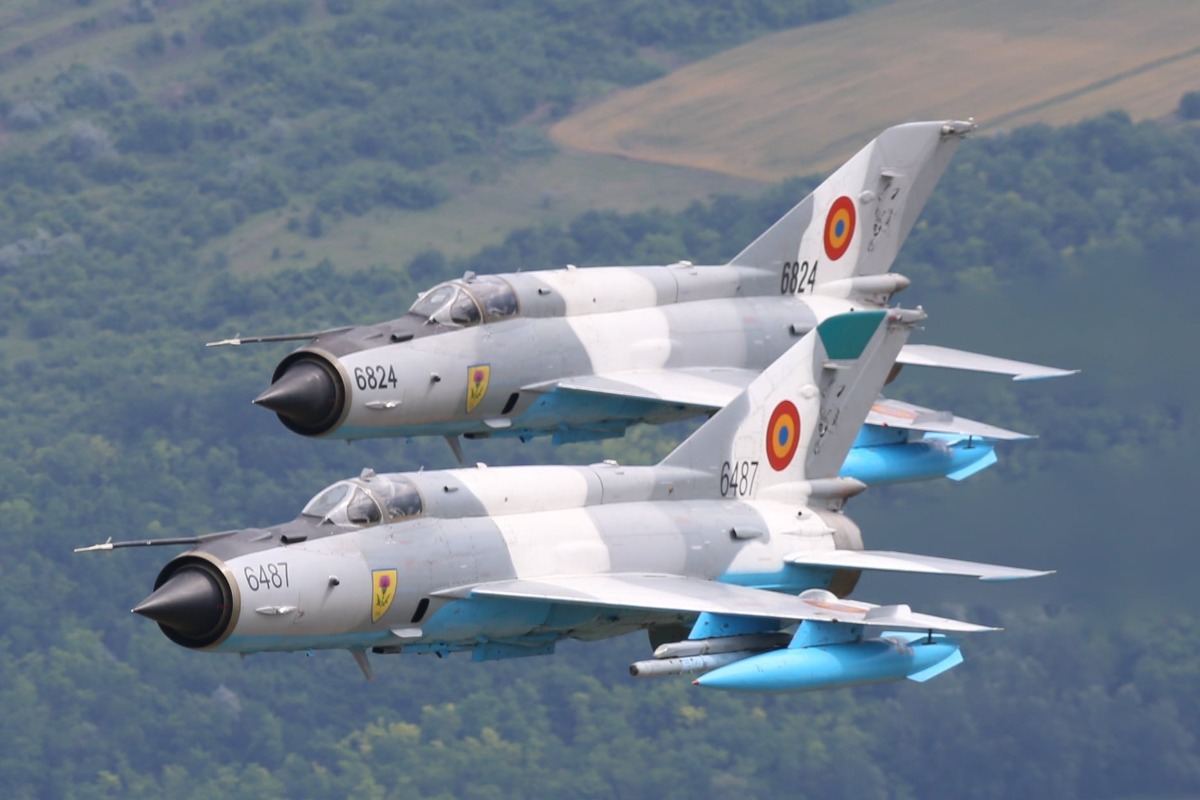
Specifically, a Romanian TV channel interviewed a pilot with the call sign Red, who had just completed the transition to the F-16. He stated that in reality, there is almost no difference in the level of complexity of the avionics, dissimilarities are only noticeable in the aerodynamic properties of the two fighter aircraft.
"The transition didn't seem that difficult from an avionics point of view. Indeed, [the F-16] is a much more capable and much better performing aircraft, it has more systems. The biggest difference we've all felt is the power and the sheer performance of the aircraft," Defense Romania quoted pilot Red as saying.
At first glance, it may seem paradoxical that the difference in avionics between the F-16 and the MiG-21 is not so noticeable. But here an important detail is that the jets in question are not just some old Soviet variant but the Romanian MiG-21 LanceR — they were modernized in cooperation with the Israeli Elbit Systems, therefore much of the onboard equipment was already familiar to the pilots.
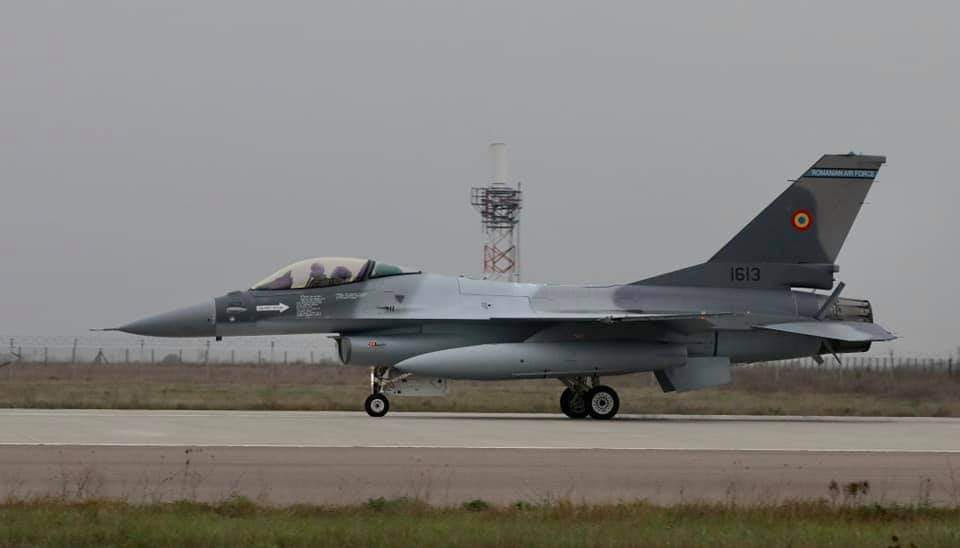
In addition, instead of the aging radars, the LanceRs got modern EL/M-2032 radars with a detection range of 75 to 150 kilometers (depending on the source), and the capability to spot targets barely distinguishable against the ground. So, from the perspective of the Romanian pilots, the difference between the cockpit electronics of the F-16 and the MiG-21 LanceR could look insignificant indeed.
However, it's worth pointing out that the level of avionics on Romanian MiG-21s, despite all its modernity, was still not enough to handle the task of intercepting the russian Kalibr missiles in the sky over Romania in February 2023. And of course, in the end, Israeli electronics could solve the problem of physical obsolescence of the Romanian MiG-21s, ultimately decommissioned in May last year.
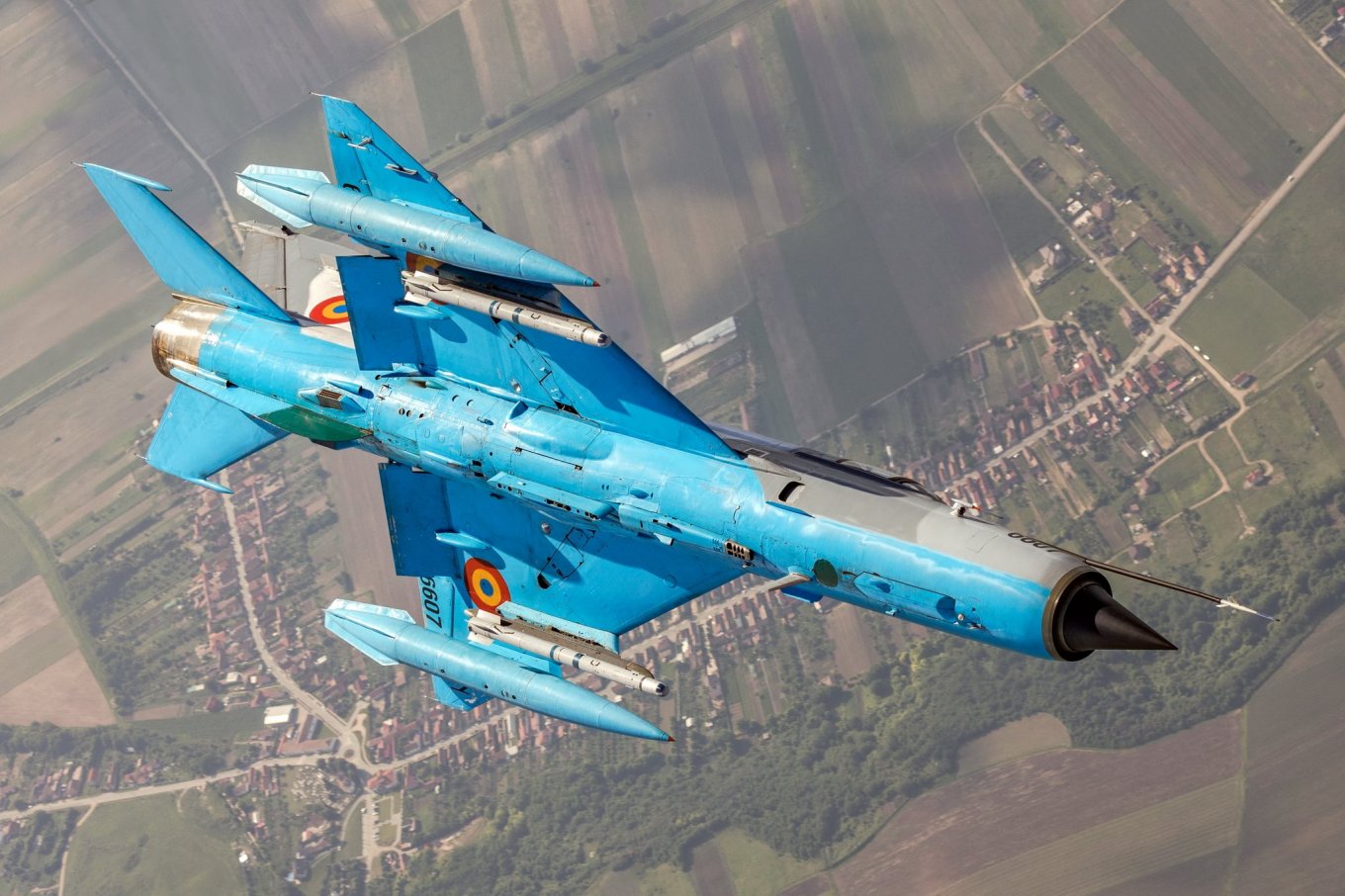
Read more: Romania Sent a Pair of Mig-21 to Intercept the Kalibr Missiles: What Exactly Bucharest Could Apply to Intercept russia’s Missiles




